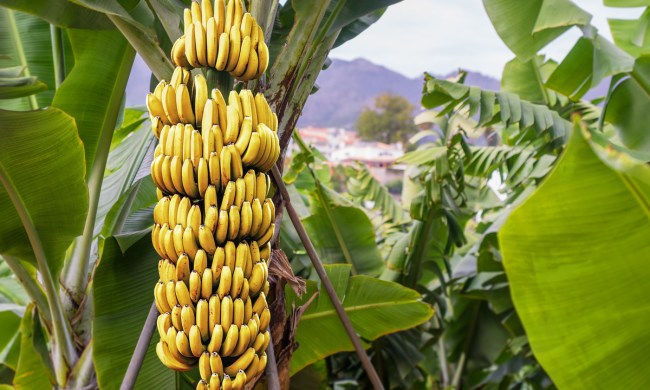You might not know what it’s called, but as soon as you see the arborvitae tree, you’ll recognize it right away. Landscapes all across the United States feature its classic tall pyramid look. However, adding this tree to your yard can be intimidating if you don’t know what you’re doing. To help, we’ll go over everything you need to know, from how to plant arborvitae trees to caring for them in the long term.
What are arborvitae trees?
The arborvitae tree, or Thuja, is a very popular evergreen that you can see all across the United States. Landscape designers love this plant’s elegant shape and low-maintenance care. You can use the trees as hedges and natural privacy fences or grow the trees to add height to a landscape design.
The arborvitae tree is versatile and you can grow it in a pot or in the soil, depending on your specific needs. The trees are easy to grow and ideal for beginners in landscaping. Additionally, they are super easy to find in stores because of their popularity.
Ideal arborvitae tree conditions
To ensure the plant thrives and has everything it needs; find a spot with moist, well-draining soil in your yard. If your soil retains too much moisture, add grit to a depth of 8 inches to help improve drainage. The last thing you want is for the roots of your tree to sit in water and develop root rot. As for sun requirements, it needs full sun or partial shade.
The arborvitae tree is hardy to zone 3, which makes it perfect in hot and cold climates! It likes a pH level of 6 to 8 and plenty of organic material worked into the soil to create ideal structure and nutrient levels. To find out the pH level of your soil, you can purchase a testing kit at your local garden center, or you can easily find one on Amazon. Test the ground, and then add what you need to bring the pH to a level the tree prefers.
When to plant arborvitae trees
For the best results, plant your new arborvitae trees when they’re not actively growing. The time of year fluctuates depending on where you live. Plant the trees in late winter as long as the soil is workable, but that probably isn’t an option in some zones. You may have to wait until early spring for the soil to thaw out enough to work it and plant the trees properly. However, if you’ve brought your arborvitae trees and it’s late fall, you can still plant your new trees as long as you apply a thick layer of bark or mulch to protect them from the upcoming cold temperatures. This is especially true for the more southern states.
How to plant arborvitae trees
When you purchase your arborvitae trees, they most likely will be balled and burlapped to keep the roots protected from harsh winter elements. This is important, as it gives you some extra time to decide when and where to plant your trees without worrying about their health.
Dig a hole twice as wide and deep as the tree’s root ball. These trees like to spread their root out wide, and digging a hole this big allows the roots to spread out as the tree establishes itself.
Before adding the plants to the soil, add whatever amendments are necessary for your specific conditions. Once the trees are in the ground, you’ll want to water them heavily. Water the trees frequently for the first few months to help them establish themselves. When you do water, ensure it’s deep water, so the plants don’t dry out. This is especially important in the hot summer months, where they’re at risk of drying out and dying.
How to care for arborvitae trees
You’ll likely have very little maintenance for these easy trees. Once they are established, they are very tolerant plants and require no pruning. That elegant pyramid shade is natural! Around the trees, keep a thick layer of mulch and be sure to fertilize it in the spring with an all-purpose landscape fertilizer. You’ll be able to enjoy these stunning trees for years to come.
These trees are popular all around the United States and stunning in almost any landscape design, adding some charm and uniqueness. With this guide, you now have the tools you need to successfully grow arborvitae trees in your own yard and have beautiful plants that can add height and year-round greenery to the area.




